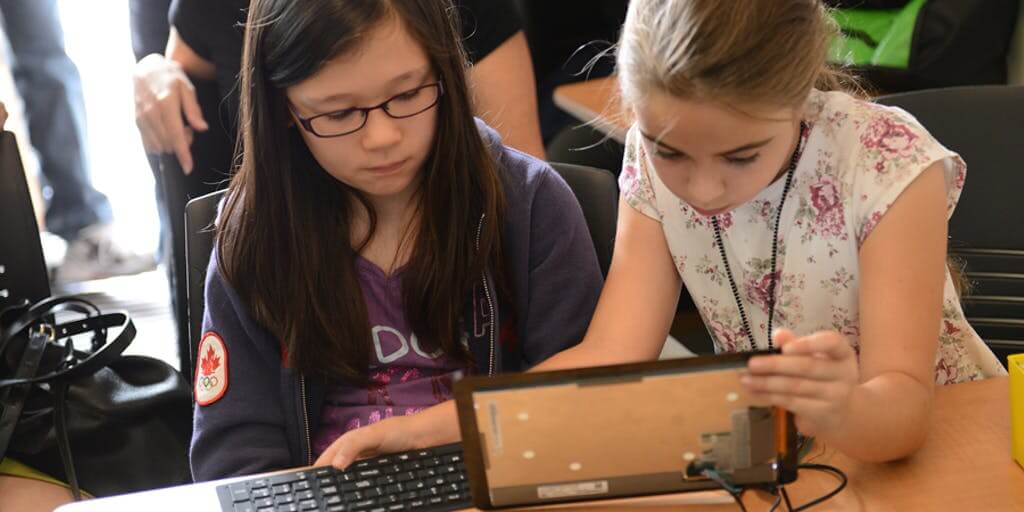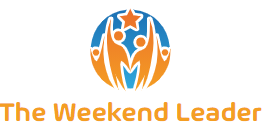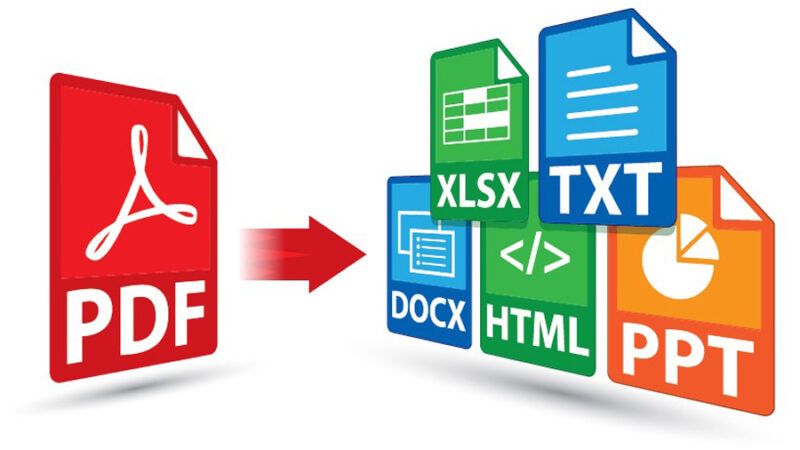Fun Ways to Teach Kids to Code

To teach kids how to code instructions or programs that a computer can execute is increasingly gaining speed. Only around ten years ago, coding was introduced to kids when they were around 15 years old. Coding for kids and in general literacy about computer languages get introduced to kids when they are five years of age. Computer education has percolated into the syllabus of even young kids because now computers have become not just something used in universities or factories; instead, they have their uses in the home and everyday tasks. Thus learning how to operate a computer and also how to code in a computer has been widely accepted now an essential skill than a specialized skill. Of course, not all kids will be full-time coders or programmers when grown-up, but coding and computer education is a must for all.
To have materials needed for teaching kids how to code in a fun way it would be useful to check websites available on the internet. It could be a kids-centric platform that teaches kids coding or some in fact games designed to teach coding logic to kids. Cuemath (check: website) is one such website that will help instill essential coding skills in the kids in a fun and interactive manner. They also offer free trial classes for the kids and parents to get an overview of the coding course and even to understand the teaching methodology.
When introducing coding to kids, it must be kept in mind that kids must understand the fundamentals of any programming language and second interesting applications of coding should be shown to kids to be interested in learning this skill. The parents can try playing some fun video games together with the kids which might raise the kids’ curiosity as to how such exciting games are made, and parents can explain to them the concept of coding. Also buying robots or STEM toys can help kids get an idea of what computers are capable of doing.
It’s common knowledge that when kids can understand and have clarity on a subject, they enjoy it more. Thus early on, it should be necessary to spend considerable time going through the basics and not rushing through them. It must be made sure that the kids understand the very essence of coding and its implementation. For this, they should be told about the history of coding, how it has evolved and how different coding languages are useful for various applications, and what are commonalities among so many other programming languages.
After making sure that the students understand the fundamentals, proceed slowly with the implementation tasks wherein the complexity of logic is lower. More focuses are on kids to feel how a code written by them gets executed by the computer. It always helps if the outcome is visual and students can see something exciting happening because of the code they have written so for the start work on examples that have a more visual or graphical output. This can then be further extended after the initial few programming days to encourage kids to make simple games.
When teaching kids, it’s always fun to have some contests and collaboration between them to keep the learning enjoyable. Encourage kids to discuss among themselves.
They would code an example for it to help them know different ways of coding the same thing.
It can also be wise for kids and early learners to start with graphical languages rather than textual languages. Scratch is an excellent graphic language, and kids as young as five years old can start with scratch language. It also helps if the kids can code and see the output simultaneously as it helps them understand how the code is being interpreted and supports the kids to make changes in the code wherever needed.





